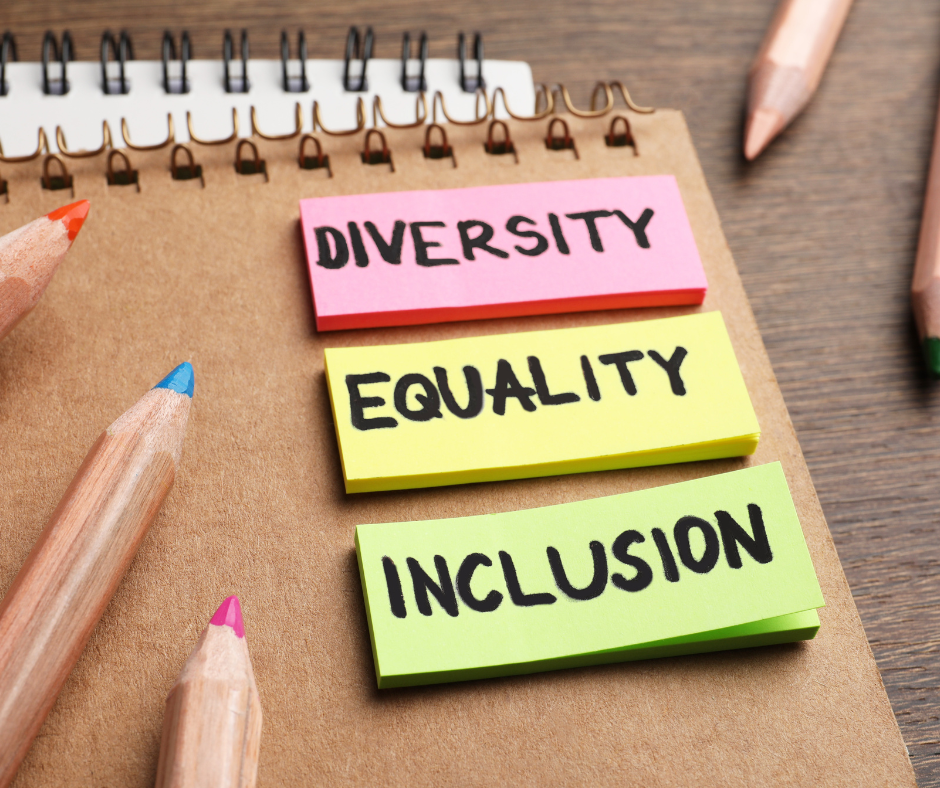Introduction: A System at the Crossroads
Law enforcement is the backbone of a safe and just society, but a crucial question remains: Who polices the police? The answer lies in diversity and inclusion. In today’s rapidly evolving world, a law enforcement system that reflects the communities it serves is no longer an option—it’s a necessity. Yet, despite years of conversations and pledges, many police departments around the world still struggle with systemic biases, cultural divides, and a lack of representation.
The truth is, diversity isn’t just about hiring officers from different backgrounds—it’s about changing how policing works at its core. It’s about fairness, trust, and making sure the system doesn’t fail the very people it’s meant to protect. This article explores the challenges, opportunities, and the urgent need for action in making law enforcement more diverse, inclusive, and truly representative of modern society.
The Challenges: A System That Resists Change
1. The “Old Boys’ Club” Mentality
Law enforcement agencies have long been dominated by a culture of tradition, where change is often met with resistance. The historical underrepresentation of women, racial minorities, and marginalized groups has created a workforce that struggles to understand the diverse experiences of the communities they serve.
“You can’t police a community if you don’t understand its struggles.”
When police forces lack diversity, implicit biases become ingrained in the system, leading to racial profiling, discrimination, and a lack of trust between officers and citizens.
2. Hiring & Promotion Barriers
Despite efforts to recruit officers from underrepresented backgrounds, the hiring process itself is often biased. Many police departments require physical tests, psychological screenings, and educational backgrounds that disproportionately exclude certain groups.
Even when diverse candidates make it through the door, promotion structures favor the status quo, leaving minorities stuck in lower ranks with limited leadership opportunities.
3. Lack of Cultural Competency & Training
Many law enforcement agencies fail to provide adequate diversity training. Officers are often not equipped to handle cases involving cultural sensitivities, mental health crises, or interactions with marginalized communities.
Without proper training, miscommunication leads to mistrust, and mistrust leads to tension, protests, and, in extreme cases, violence.
The Opportunities: How Diversity Can Transform Policing
Despite these challenges, there is hope. A more diverse and inclusive police force is not just possible—it is essential for the future of law enforcement.
1. Strengthening Community Trust
When law enforcement agencies reflect the communities they serve, people feel seen, heard, and respected. Studies show that diverse police forces:
Improve community relations
Reduce complaints of excessive force
Increase citizen cooperation in solving crimes
A force that mirrors society leads to better policing and safer neighborhoods.
2. Reducing Bias & Misconduct
Diversity in law enforcement helps challenge groupthink. Officers from different backgrounds bring unique perspectives, reducing the likelihood of biased decision-making.
Departments that implement diversity initiatives see fewer misconduct cases, better de-escalation tactics, and improved accountability.
3. Better Decision-Making & Problem-Solving
When law enforcement agencies include officers from different backgrounds, they gain access to broader perspectives and problem-solving approaches.
A diverse team is a smarter team.
Officers trained in cultural competency can defuse tense situations more effectively, understand community dynamics, and build lasting relationships with residents.
Action Steps: How to Make Law Enforcement More Inclusive
The time for conversation is over—it’s time for action. Here’s how police departments, policymakers, and communities can work together to create real change:
1. Reform Hiring Practices
Remove biased hiring tests that disproportionately exclude minority candidates.
Create mentorship programs to help underrepresented groups advance.
Establish clear diversity goals for recruitment and promotions.
2. Implement Mandatory Bias & Cultural Competency Training
Make diversity training a requirement, not an option.
Teach officers how to handle situations involving mental health crises, racial profiling, and cultural misunderstandings.
Train officers to recognize their own biases and take corrective action.
3. Increase Community Involvement
Form advisory boards where local leaders and police can engage in open dialogue.
Host public forums and listening sessions to rebuild trust.
Encourage residents to participate in police training programs for better mutual understanding.
4. Hold Officers Accountable
Establish independent review boards to oversee police misconduct cases.
Implement body camera policies to ensure transparency.
Create whistleblower protections for officers who report misconduct within their ranks.
5. Promote Diversity in Leadership
Ensure minority officers have access to promotions and leadership roles.
Encourage police departments to adopt zero-tolerance policies for discrimination.
Make leadership reflect the communities they serve.
The Time for Change is Now
Diversity and inclusion in law enforcement are not just ethical imperatives—they are practical necessities. A force that truly represents its people can build trust, reduce crime, and create safer communities for everyone.
But change will not happen on its own. We must demand it.
We must challenge outdated structures, push for policy reforms, and hold law enforcement agencies accountable. Every second we delay is a second in which someone’s rights, safety, or life is at risk.
A system that fails its people is a system that must change.
Are you ready to be part of that change? The future of policing depends on it.






